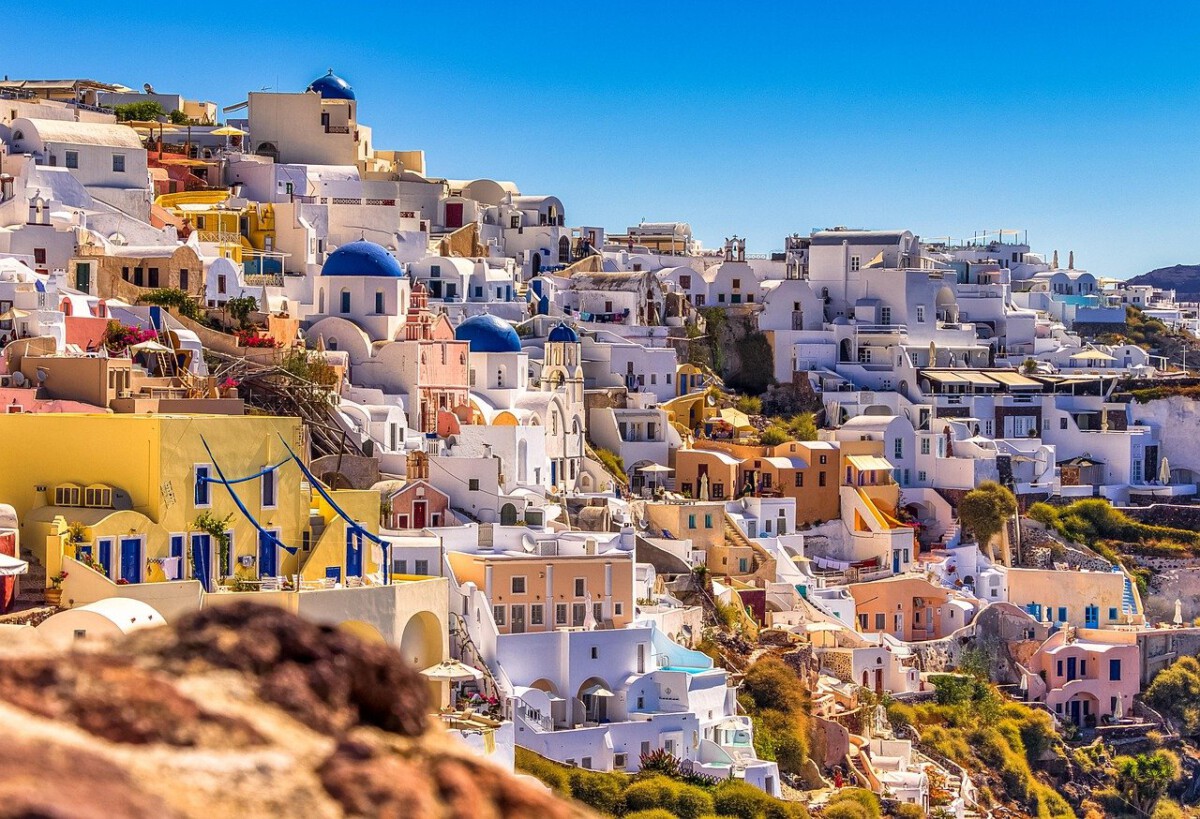Bhutan: The Pursuit of Happiness Over Mass Tourism

Bhutan has carved out a distinctive place in the world by fiercely protecting its culture and environment, placing happiness ahead of profit. In 2024, the Bhutanese government made headlines by raising its Sustainable Development Fee (SDF) for international travelers from $65 to a staggering $200 per day. This dramatic increase is a clear signal: Bhutan wants only those visitors who are genuinely committed to responsible tourism. The new policy is designed to limit the number of tourists and ensure tourism revenue supports education, healthcare, and conservation projects. Reports from the Tourism Council of Bhutan highlight that the country saw a 35% decrease in visitor numbers after the SDF hike, but a 24% increase in tourism revenue. Locals have voiced strong support for this “high value, low volume” model, as it aligns with Bhutan’s Gross National Happiness philosophy. The government has also introduced new visitor caps for certain sacred sites and has banned some types of group tours to further reduce environmental pressures.
Venice, Italy: Battling Overtourism

Venice continues to struggle under the weight of mass tourism, with more than 30 million annual visitors overwhelming its fragile lagoon ecosystem and historic districts. In 2024, the city began enforcing a new reservation system for day-trippers, requiring advance booking and charging up to €10 per person during high season. These measures are not just about raising funds—they are designed to actively discourage casual visits and spread out tourist numbers throughout the year. The city council has also pushed back against the cruise ship industry, rerouting massive liners away from the central canals to protect delicate structures. According to a 2024 municipal report, foot traffic in the city’s busiest squares dropped by nearly 20% after the reservation system launch. Local businesses are pivoting to serve residents and long-term visitors instead of catering solely to tourists. This year, UNESCO renewed its threat to place Venice on its endangered list unless further action is taken, adding urgency to the city’s battle against overtourism.
Barcelona, Spain: A City in Crisis

Barcelona’s relationship with tourism has turned increasingly sour, as skyrocketing rents and overcrowded streets push residents to the brink. In 2025, city officials are set to launch the strictest crackdown yet on short-term rentals, slashing the number of legal tourist apartments by 40%. A 2024 survey by the Barcelona City Council showed that 61% of locals believe tourism makes their lives worse, a sentiment echoed in frequent anti-tourism protests. The city has already introduced a new tourist tax, which increased municipal revenue by €50 million in its first year, funding infrastructure upgrades and social support. In the city’s historic Gothic Quarter, visitor limits are now enforced during peak hours to protect the area’s character. Mayoral candidates in the 2025 election are campaigning on platforms that promise even tougher measures, including possible seasonal visitor caps. The local government has signaled that if current trends continue, Barcelona may soon adopt policies that effectively turn away mass tourism in favor of more sustainable, resident-focused models.
Iceland: Environmental Concerns Take Center Stage

Iceland’s breathtaking landscapes have attracted record numbers of visitors: from just 600,000 in 2010 to over 2.5 million in 2023. The unprecedented surge has put enormous strain on natural wonders like the Blue Lagoon and the Golden Circle. In response, the Icelandic government in 2024 announced a suite of new restrictions, including sharply increased entrance fees for national parks and daily quotas for visitors at the most fragile sites. The Environment Agency of Iceland reported a 15% decrease in damage to moss fields and volcanic formations after pilot limitations were introduced at popular trails. The government is also experimenting with digital permits that allocate time slots for visits, helping to avoid dangerous overcrowding. Tour operators are now required to undergo sustainability training and obtain special licenses, a move supported by local environmental groups. The government has warned that if tourist numbers do not stabilize, further access restrictions—including seasonal closures—are likely on the horizon.
Thailand: A Shift Towards Sustainable Tourism

Thailand, famous for its beaches and vibrant culture, is rethinking its open-door policy. In 2024, authorities announced a nationwide plan to limit visitor numbers at high-profile islands and marine parks, including Maya Bay, which had previously suffered irreversible coral damage. Maya Bay was closed for much of 2018–2022 and reopened with strict daily caps—now, only 3,000 visitors are allowed per day, down from 6,000. The Tourism Authority of Thailand has shifted its marketing strategy to promote lesser-known destinations and “slow travel.” According to a 2024 report by Thailand’s Ministry of Tourism, local residents in Phuket and Krabi cite unchecked tourism as a major factor in rising living costs and pollution. The government is piloting new schemes that involve community input on tourism management, and there is growing political momentum to expand these policies nationwide. These moves indicate Thailand may soon enforce even tougher limits, prioritizing local well-being over mass market appeal.
Bali, Indonesia: Curbing Environmental Degradation

Bali’s popularity has come at a steep environmental price, with overflowing landfills, water shortages, and traffic gridlock now commonplace. In 2025, the Balinese government is poised to introduce a new “tourist quota” law, capping the number of annual visitors in an effort to protect the island’s ecosystems. The Bali Tourism Board reported in 2024 that 73% of island residents believe tourism has harmed their environment, a figure that has doubled since 2015. Authorities have already begun restricting access to sacred temples and popular waterfalls, and are enforcing bans on certain water sports in sensitive areas. New rules require all hotels and resorts to manage their own waste and water supplies or risk losing their operating licenses. Bali has also levied a new environmental tax, raising over $30 million in its first six months to fund clean-up and conservation efforts. The island’s leaders say these policies are a “last chance” to restore balance, and hint at even stricter measures if conditions do not improve.
Dubrovnik, Croatia: Protecting Cultural Heritage

Dubrovnik, famed for its medieval Old Town, has experienced a tourism explosion thanks in part to its role in the “Game of Thrones” TV series. In 2024, Croatian authorities set a strict daily visitor limit of 8,000 for the Old Town, down from previous highs of over 12,000. Surveillance cameras and digital counters now monitor entries in real-time, and fines are imposed on tour groups that exceed their slot. The city council has banned new souvenir shops and fast-food outlets from opening within the historic core, aiming to preserve the area’s authenticity for both residents and visitors. UNESCO has repeatedly warned that Dubrovnik’s world heritage status is at risk if crowding continues unchecked. Local residents, who once welcomed tourism, now routinely protest against large groups and cruise ship arrivals. Officials are considering a lottery system for peak season access, indicating that even stricter entry controls may soon be implemented.
Machu Picchu, Peru: A UNESCO Site at Risk

Machu Picchu is a bucket-list destination for millions, but this ancient Incan citadel is under severe strain. In 2023, the site hosted over 1.5 million visitors, far exceeding the daily capacity recommended by UNESCO. To address this, the Peruvian government announced that from 2025, only 2,500 tourists per day will be allowed entry, enforced with timed tickets and advance booking requirements. Conservationists have documented increased erosion, litter, and damage to stonework due to excessive foot traffic. The Ministry of Culture has allocated an additional $10 million for site maintenance and restoration in 2024, and is expanding the nearby train infrastructure to better control visitor flow. Local guides must now undergo certification programs focused on heritage protection. With climate change threatening the region’s stability, experts warn that Machu Picchu may face longer seasonal closures if preservation efforts fall short.
Santorini, Greece: Managing Tourist Flow

Santorini’s iconic blue-domed churches and whitewashed villages have made it one of the world’s most photographed destinations. In 2024, the island enforced a hard cap of 8,000 cruise passengers per day, down from the previous daily average of 12,000, in an effort to relieve crowding in Fira and Oia. The Municipality of Santorini has implemented a new electronic booking system for cliffside tours and sunset viewpoints, requiring advance purchase and limiting last-minute arrivals. Seasonal pricing for accommodations and activities now encourages off-peak travel. According to a 2024 survey by the Greek Tourism Confederation, 58% of Santorini’s residents feel that tourism pressures have made daily life harder, especially in summer. Local officials are piloting “tourist-free” zones in several villages to protect community life and agricultural lands. There is growing support for further curbs on short-term rentals and expanded restrictions during the high season.
New Zealand: A Focus on Conservation

New Zealand has built its global brand around pristine wilderness and adventure, but the surge of international arrivals has prompted a major policy shift. In 2024, the government introduced a visitor levy for all incoming tourists, set at NZD $50, which funds conservation and biodiversity projects across the country. This policy was backed by a nationwide poll showing that over 80% of Kiwis want tighter controls on tourism’s environmental impact. New Zealand’s Department of Conservation has implemented new quotas for popular hikes like the Milford and Tongariro tracks, reducing daily numbers by up to 30% compared to past seasons. The government is also piloting limits on freedom camping and requiring advance permits for visits to ecologically sensitive areas. A 2024 report found that protected seabird and marine mammal populations have begun to rebound following reduced visitor numbers. Officials warn that if ecological pressures persist, more radical measures—including seasonal closures and higher fees—will be considered to preserve the nation’s natural legacy.





